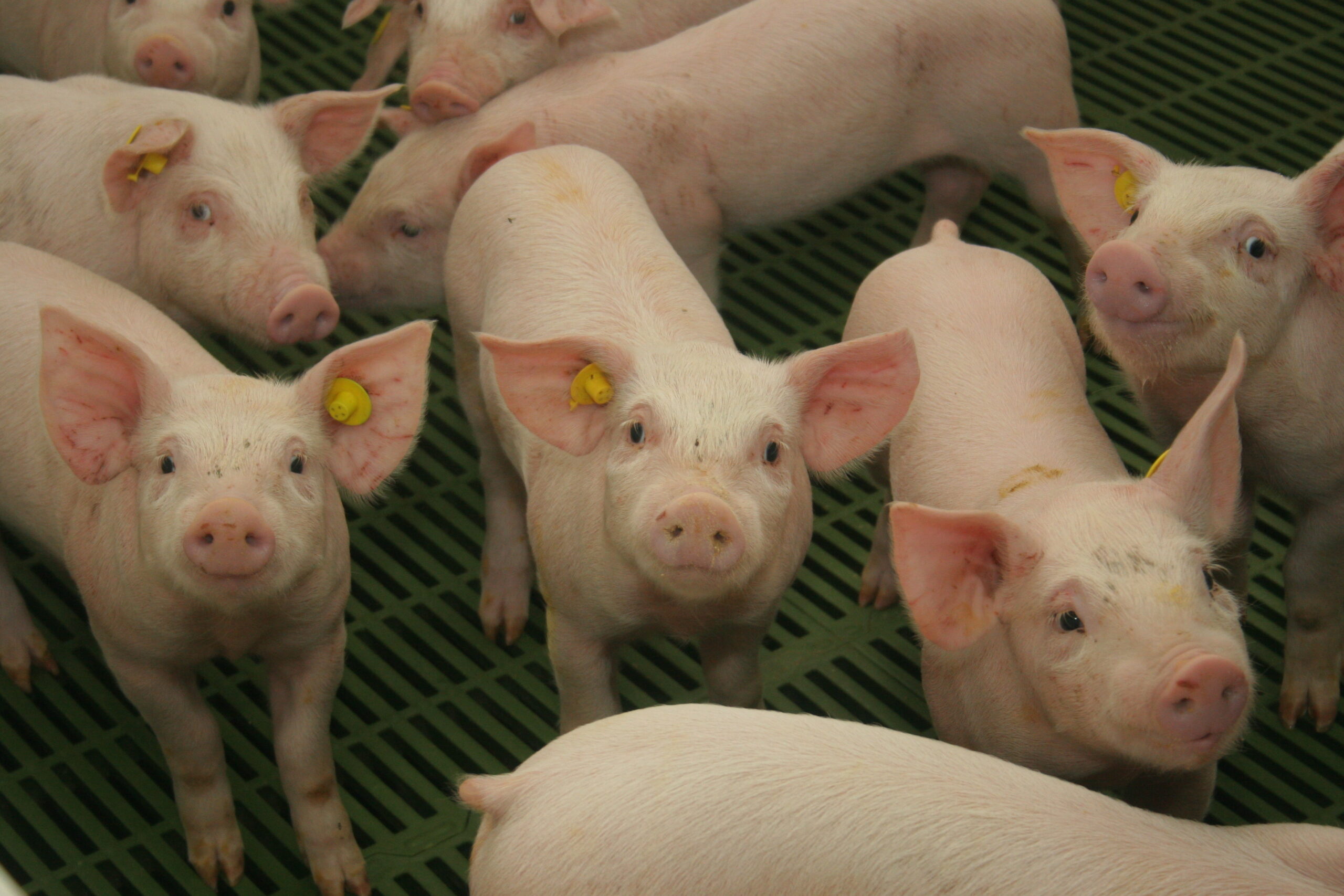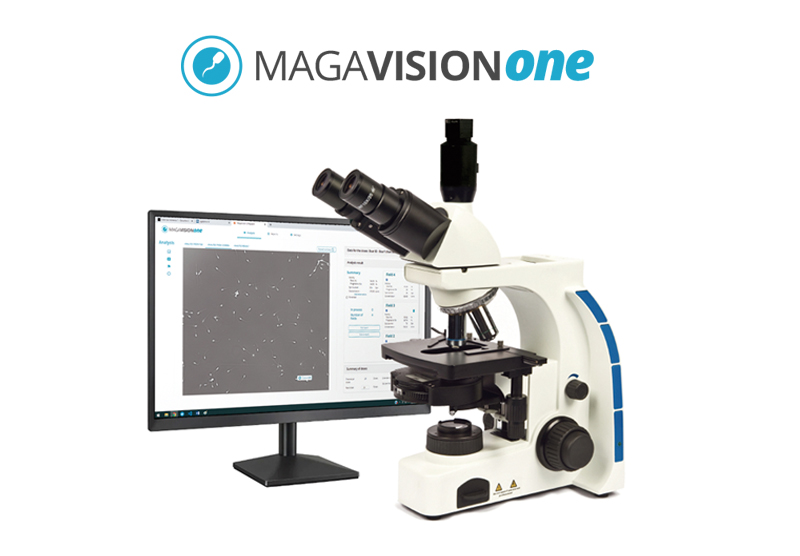For artificial insemination programs to be successful males must produce quality doses of semen. However, a critical point in the production of inseminating doses is the bacterial contamination of the ejaculate (GOLDBERG et al., 2013). It is known that contamination is an event that can occur during the collection of ejaculate and to avoid this problem, semen production centers follow strict hygiene protocols.
When failures in the execution of hygiene protocols occur, high levels of bacterial contamination appear at inseminating doses. This high contamination leads to a reduction in sperm motility, an increase in the incidence of agglutination of sperm, damage to the acrosome, and, consequently, a decrease in the “shelf life” of the dose. Besides, the use of inseminating doses produced from contaminated ejaculates leads to a reduction in the reproductive performance of the sows (MARTÍN et al., 2010).
According to Goldberg et al. (2013), the contamination of the ejaculate during collection is facilitated by some factors, such as: not emptying the prepuce diverticulum, long foreskin fur, dirty collection glove (do not perform the exchange), long collections, and the penis “escaping” throughout the collection. Also, the association of two or more factors increases the contamination of the ejaculate, thus demonstrating the failures in the collection procedure.
The consequences of these failures during collection can be seen in reproductive performance. The study by Martín et al. (2010) observed an association of -0.81 (P <0.01) between the litter size and the colony forming unit (CFU / mL). That is, the greater the presence of bacteria (> 3.5 × 103) in the inseminating dose, the lower the number of piglets born (<10).
Therefore, to prevent inseminating doses from being contaminated, it is important to develop and follow a strict hygiene protocol, in addition to working with personnel training so that the failures mentioned above are avoided.







